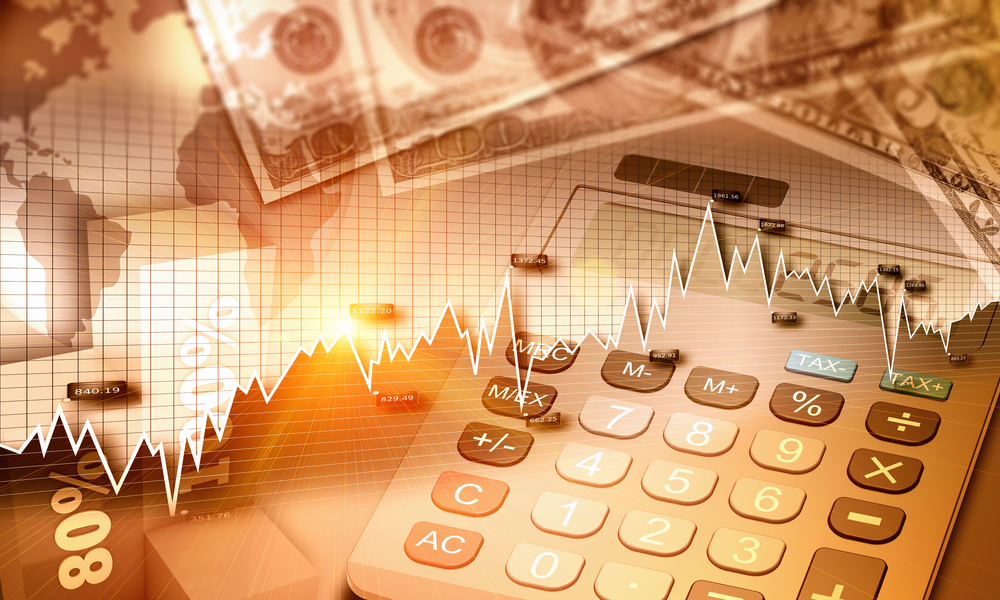
Monetary Policy & Inflation | US

Monetary Policy & Inflation | US
This article is only available to Macro Hive subscribers. Sign-up to receive world-class macro analysis with a daily curated newsletter, podcast, original content from award-winning researchers, cross market strategy, equity insights, trade ideas, crypto flow frameworks, academic paper summaries, explanation and analysis of market-moving events, community investor chat room, and more.
On 21 April, US Education Secretary Linda MacMahon announced the end of the student loan forbearance programs. Beginning 5 May 2025, loans in default or delinquent status will be subject to collections including wage garnishment. Loans in arrears, which had been marked as current since September 2024, will start impacting credit scores.
Here, I argue these measures could add downside risks to growth.
The student loan repayment resumption of 2023 was a nothingburger for consumption, aligning with my expectations but contrary to consensus. This largely reflected that substantial forbearance remained. Debt service payments to the Department of Education (DoE, federal loans represent 93% of total loans) are currently 30% below their level of Q4 2019, even though outstanding student debt is 7% higher (Charts 1 and 2).
This time, the administration is serious and a significant increase in servicing payments is likely.
Student debt puts little strain on household finances on average (Table 1). Total household debt has been falling relative to income since 2019, with consumer (= non-mortgage) debt falling by 3ppt and mortgage debt by 1ppt (Chart 3). Student loans have been the biggest source of decline in consumer debt, followed by auto loans (Chart 4).
The student debt decline reflects a decline in the number of borrowers (Chart 5). By contrast, loan balances have continued increasing.
Fewer borrowers reflect that college enrolment has been falling in absolute numbers and relative to the size of the US population (Chart 6). In turn, falling enrolment largely reflects college costs, which have increased to such an extent that college is not worth it for at least 25% of recent graduates (Chart 7). Hence, the student debt decline largely reflects inefficiencies in the US higher education system.
Despite a 275bp increase in the FFR, the household debt service ratio is about half a ppt lower than at end-2029. This reflects that mortgage debt accounts for 70% of household debt and is largely on fixed terms. Also, consumer debt has been falling.
A comparison of recent payments to the DoE with end-2019 suggests student loan service could increase by 50%, assuming unchanged defaults (see below). With consumer debt service representing 5.5% of income and student debt 30% of consumer debt, student debt service could increase by about 0.75ppt of disposable income (i.e., return to its pre-pandemic levels).
This is unlikely to trigger widespread household financial distress but could lower consumption depending on how households respond.
Households can accommodate the increased debt service payments either through lower consumption or lower savings (excluding student debt repayments) or a combination of both.
On balance, I expect consumption to fall by less than the increase in debt service payments. This is because I think the lower savings rate post-pandemic largely reflects the higher cost of basic necessities. Fed surveys find about one third of households are just getting by or not getting by and would be unable to cover $400 of unexpected expenditures. Many households barely make enough money to cover basic necessities and cannot afford to save much. This explains the relation between spending on basic necessities and the savings rate (Chart 9).
The administration’s tariff increases are likely to further increase the financial strains for low-income households. I define ‘basic necessities’ as: shelter, food, energy, healthcare and cars. The first-round impact of tariffs will raise the cost of food and cars. The April Manheim auction for used car saw a 2.2% increase in price, likely in expectations of higher imported and new car prices (Chart 10). In addition, the cost of services could rise through second-round effects. And while the administration intends to lower energy prices, energy spending accounts for only 8% of my basic necessities basket, against 23% for cars and food.
Furthermore, with the end of forbearance, recorded delinquencies will rise (Charts 11 and 12). The New York Fed expects the delinquency rates to surpass pre-pandemic levels, which could translate into a significant decrease in credit scores for about 9mn borrowers. This could affect their ability to obtain credit and purchase housing and consumer durables.
Lastly, by contrast with other forms of consumer credit, credit card balances have been rising while delinquencies have increased sharply (Charts 4, 11 and 12). These reflect borrowings by a minority of financially-stressed low-income consumers. For these borrowers, higher student debt service repayments could translate into higher delinquencies, including on non-student borrowings.
While the administration’s case for student borrower accountability is sound long term, in the short term it risks adding more downside to an economy already destabilised by high tariffs and extreme policy uncertainty.
I therefore still expect the Fed to cut about 150bp, mainly in 2025 and starting in Q3. This compares with markets expecting about three cuts in 2025.
(The commentary contained in the above article does not constitute an offer or a solicitation, or a recommendation to implement or liquidate an investment or to carry out any other transaction. It should not be used as a basis for any investment decision or other decision. Any investment decision should be based on appropriate professional advice specific to your needs. You are not permitted to publish, transmit, or otherwise reproduce this information, in whole or in part, in any format to any third party without the express written consent of Macro Hive. This includes providing or reproducing this information, in whole or in part, as a prompt.)
Spring sale - Prime Membership only £3 for 3 months! Get trade ideas and macro insights now
Your subscription has been successfully canceled.
Discount Applied - Your subscription has now updated with Coupon and from next payment Discount will be applied.